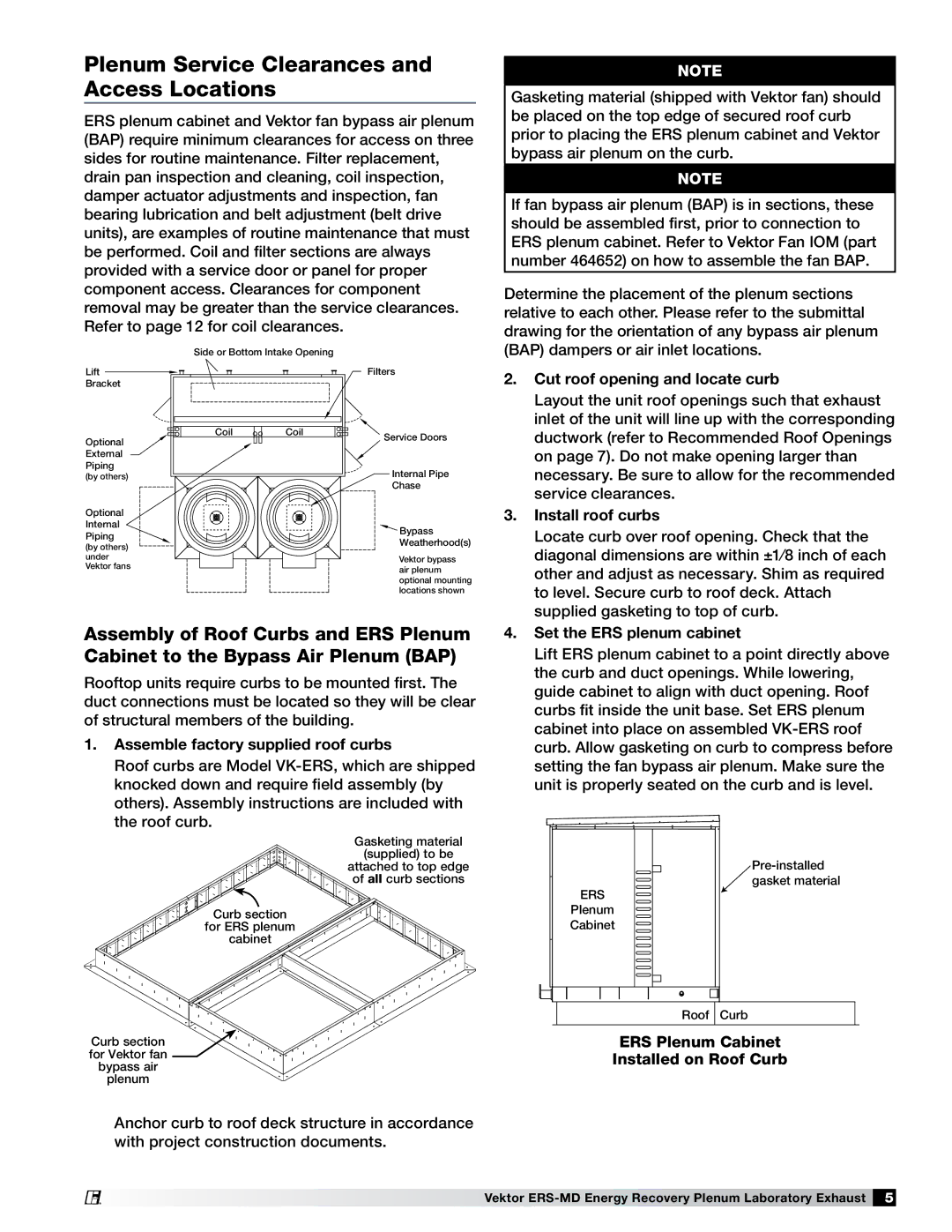474118 specifications
The Greenheck Fan 474118 is a robust ventilation solution designed for a wide range of applications in commercial and industrial environments. Known for its efficiency and durability, the Greenheck 474118 stands out as a reliable choice for building professionals.One of the primary features of the Greenheck Fan 474118 is its high-performance EC motor technology. This advanced motor type is designed to provide exceptional energy savings while delivering optimum airflow performance. By utilizing an electronically commutated motor, the 474118 ensures that users benefit from lower operational costs without compromising on effectiveness.
The fan is engineered with a heavy-gauge steel construction, offering significant durability. This robust design not only withstands the rigors of demanding environments but also ensures long-term reliability. Furthermore, the fan's corrosion-resistant finish adds another layer of protection, making it suitable for installations in various climates and conditions.
Noise reduction is another critical aspect of the Greenheck 474118. Equipped with a specially designed fan blade, it operates smoothly, minimizing operational noise. This characteristic makes it a perfect choice for applications where ambient noise levels must be kept to a minimum, such as offices, schools, and hospitals.
An important feature of the Greenheck 474118 is its versatility in airflow applications. It is available in multiple sizes and configurations, allowing it to meet diverse ventilation needs. Whether it's for exhaust, supply, or make-up air, this model can accommodate various installation requirements, providing flexibility for architects and engineers.
Additionally, the Greenheck 474118 integrates smart technology for enhanced control and monitoring. With options for building automation integration, users can effectively manage airflow, improving overall system efficiency. The control options extend to variable speed operation, ensuring that the fan can be adjusted as per the specific demands of the application.
In terms of installation, the Greenheck 474118 is designed for easy access and maintenance. Its user-friendly design allows service personnel to perform routine checks and repairs with minimal disruption.
In summary, the Greenheck Fan 474118 is a high-efficiency, versatile, and durable ventilation solution. With its advanced motor technology, noise reduction features, and ease of maintenance, it is an excellent investment for anyone looking to enhance their indoor environment's air quality and energy efficiency. Its ability to adapt to various systems makes it a preferred choice in the HVAC industry.

